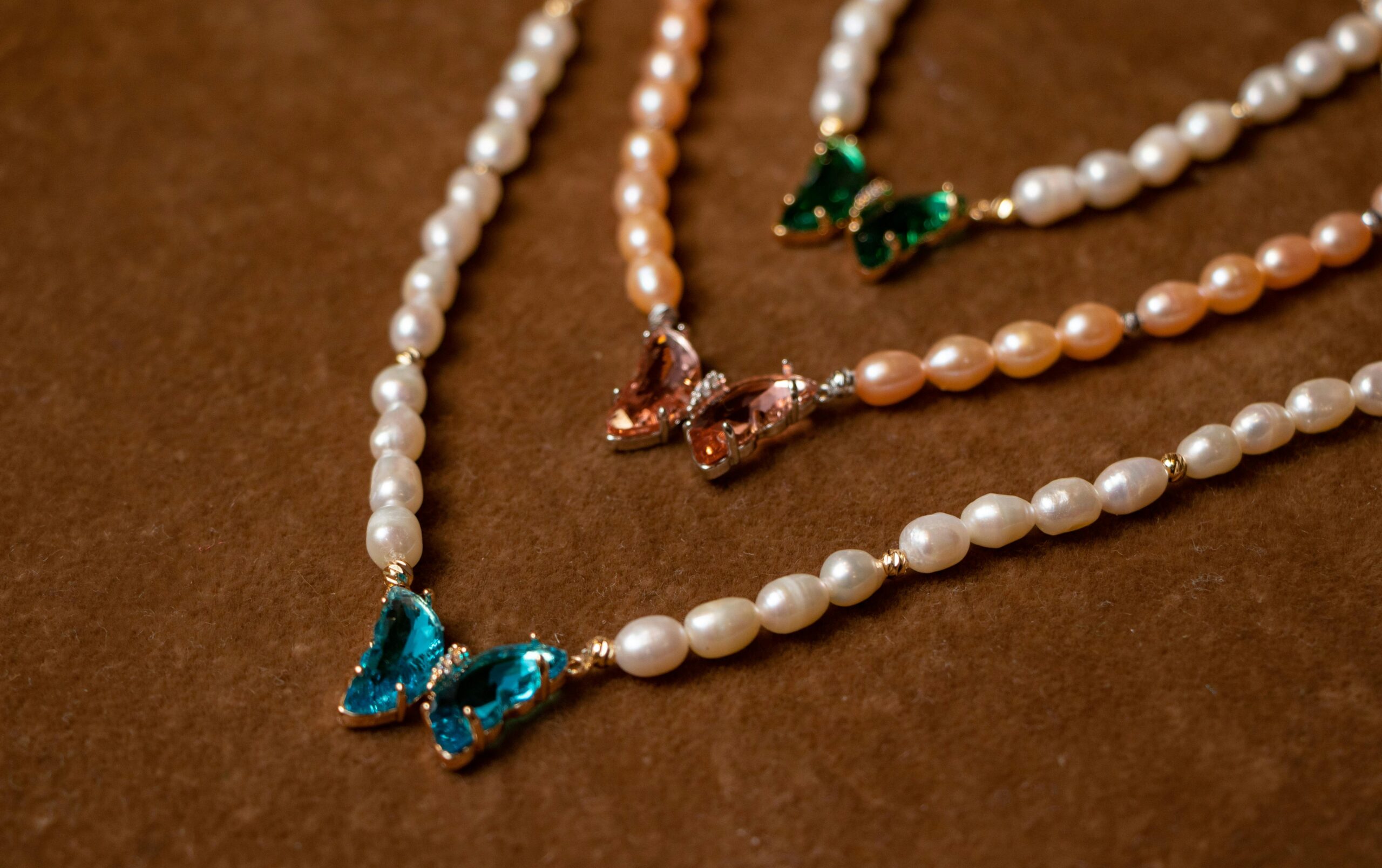In this context importance of productivity & quality in apparel industry will be going to have very good importance. So, Indian garment industries should focus on productivity strongly in order to bring up productivity percentage. At present as compared to international market demands the scenario of Indian garments is not much satisfactory; when compared to the productivity levels achieved in western countries & USA. The efforts of apparel manufacturing industry in western world to improve productivity did show substantial results. This was made with the development of many specialized machines & equipment for various applications in the apparel manufacturing. The objective was to reduce the labor content of the apparel products to the least possible level in order to make the products cost competitive.
The US Apparel industry established that with the modern machines & best possible methods, a dress shirt could be produced in about 12 minutes of direct labor input as per survey conducted by KSA in 1990 the productivity levels
Achieved in countries like Germany, USA, France & UK were 250% more than least productive countries. The productivity ratings of Indian garment industries stand at 50%, which is quite low & have to be improved and brought up; in order that Indian garment industries can compete globally in the context of quota phase out. But, Indian garment industries have an edge over competing with other Asian countries, i.e. Indian garment industries are capable of producing high value added garments by means of enriching the garments with a lot of different surface ornamentation. Thus they can afford to take small orders also which our competitors, other Asian countries cannot do.
The following equation will be the revival kit for Indian apparel manufacturing companies.
ME + EM +MoE + EnM = HP + EQC
(Modern Equipment + Engineering Methods + Motivated Employees +Enlightened Management) = Higher Productivity + Effective Quality Product)
Modern machineries have to be employed & industrial activities such as method engineering, work study, time study & motion study have to be focused. The worker’s work place has to be ergonomic and should have proper lighting, ventilation and seating arrangements, so that they enjoy their work & do not suffer from work related health problems and care should be taken that labor force becomes motivated employees. Also the labors & staff should be trained properly before allocating work to them. After all employees are backbones of a company.




